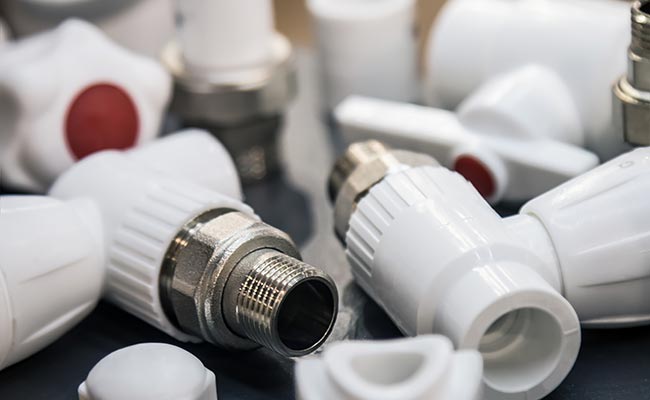You see “union valve” and “ball valve” listed, but are they different? Choosing wrong means you might have to cut out a perfectly good valve later just to service a pump.
A ball valve describes the shut-off mechanism (a ball). A union describes a connection type that allows removal (union nuts). They aren’t mutually exclusive; the most versatile valve is a true union ball valve, which combines both features.
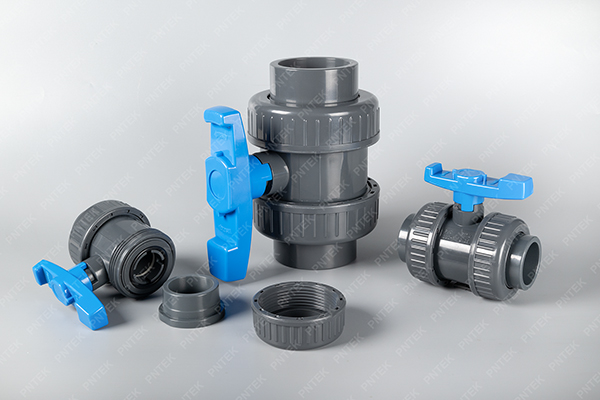
This is one of the most common points of confusion I see, and it’s a critical distinction for any professional. I often discuss this with my partner Budi in Indonesia, because his clients need solutions that are not just effective but also efficient to maintain in the long run. The truth is, these terms describe two different things: one tells you how the valve works, and the other tells you how it connects to the pipe. Understanding this difference is key to designing a smart, serviceable system.
What is the difference between a ball valve and a union ball valve?
You’ve installed a standard ball valve, permanently gluing it into the line. A year later, a seal fails, and you realize your only option is to cut out the entire valve and start over.
A standard ball valve is a single, permanently installed unit. A true union ball valve has threaded nuts that let you remove the central valve body without cutting the pipe, making maintenance or replacement simple.
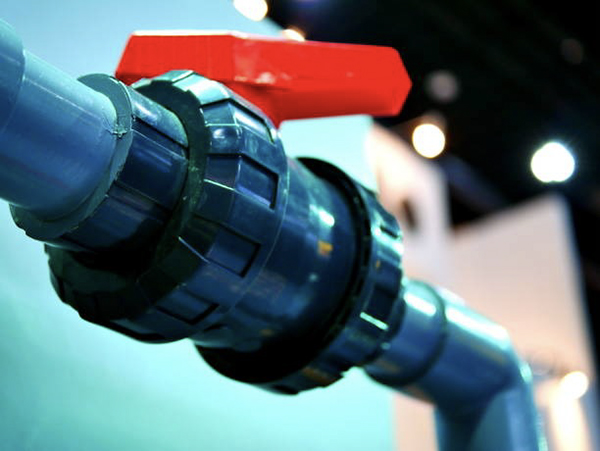
This is the most important distinction for long-term planning. Think of it in terms of “permanent” versus “serviceable.” A standard, compact ball valve is solvent-welded directly into the pipeline. Once it’s in, it’s in for good. This is fine for simple, non-critical lines. A true union ball valve, however, is designed for the future. You solvent-weld two separate tailpieces to the pipe, and the main valve body sits between them. It’s held in place by two large union nuts. If you ever need to replace the valve’s seals or the entire body, you simply unscrew the nuts and lift it out. This is why we at Pntek champion the true union design; it turns a major repair into a simple 5-minute job.
Standard vs. True Union Ball Valve
| Feature | Standard (Compact) Ball Valve | True Union Ball Valve |
|---|---|---|
| Installation | Permanent (solvent-welded) | Serviceable (union nuts) |
| Maintenance | Requires cutting the pipe | Body removes for easy repair |
| Initial Cost | Lower | Higher |
| Long-Term Value | Lower (costly repairs) | Higher (saves time & labor) |
What is a union valve?
You see the term “union valve” and assume it’s a completely different category, like a gate valve or a check valve. This hesitation can keep you from choosing the most practical option.
A union valve is not a type of mechanism, but a type of connection. It is any valve that uses union fittings (threaded nuts) to connect the valve body to the pipe ends, allowing for easy removal.
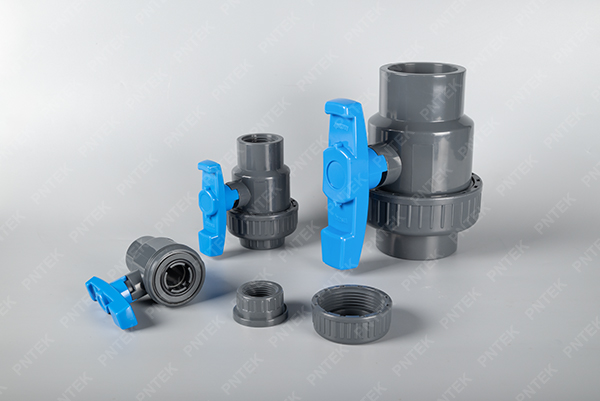
The “union” itself is a brilliant piece of engineering. It consists of three main parts: two tailpieces that connect to the pipe (either by solvent weld or threads), and a threaded nut that pulls them together to create a seal. A “union valve” simply builds this feature into the valve’s design. So, you can have a true union ball valve, a true union check valve, or a true union diaphragm valve. The purpose is always the same: serviceability. It allows you to isolate and remove a piece of equipment without depressurizing the whole system or, more importantly, without cutting your pipe. This modular approach is the foundation of modern, efficient plumbing design and a core part of the “win-win” philosophy I share with partners like Budi. It saves his customers time and money over the life of the system.
What are the three types of valves?
You’ve been using ball valves for everything, but one application requires precise flow control. You try to partially close a ball valve, but it’s hard to control and you hear a strange noise.
The three main functional types of valves are Shut-Off (On/Off), Throttling (Regulating), and Non-Return (Backflow Prevention). Each type is designed for a completely different job, and using the wrong one can damage your system.
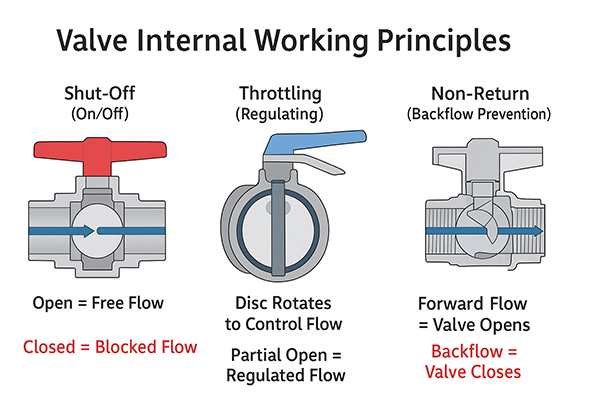
Knowing the basic categories is vital for selecting the right tool for the job. Using the wrong valve is a very common mistake. A ball valve is a shut-off valve; it’s designed to be fully open or fully closed. Using it to throttle flow can cause turbulence that erodes the ball and seats, causing it to fail.
Valve Categories Explained
| Valve Type | Primary Function | Common Examples | Best Use Case |
|---|---|---|---|
| Shut-Off (On/Off) | To completely stop or allow flow. | Ball Valve, Gate Valve, Butterfly Valve | Isolating sections or equipment. |
| Throttling (Regulating) | To control the speed or pressure of flow. | Globe Valve, Needle Valve | Setting a precise flow rate. |
| Non-Return (Backflow) | To allow flow in only one direction. | Check Valve, Foot Valve | Protecting a pump from backflow. |
What are the 4 types of ball valves?
You know about true union valves, but you see other options like “compact” or “one-piece.” You aren’t sure which is best for different applications, and you might be overpaying for features you don’t need.
The four main types of ball valves are distinguished by body construction: One-Piece (sealed), Two-Piece (threaded body), Three-Piece (like a true union), and Compact (a simple, economical design, often one-piece).
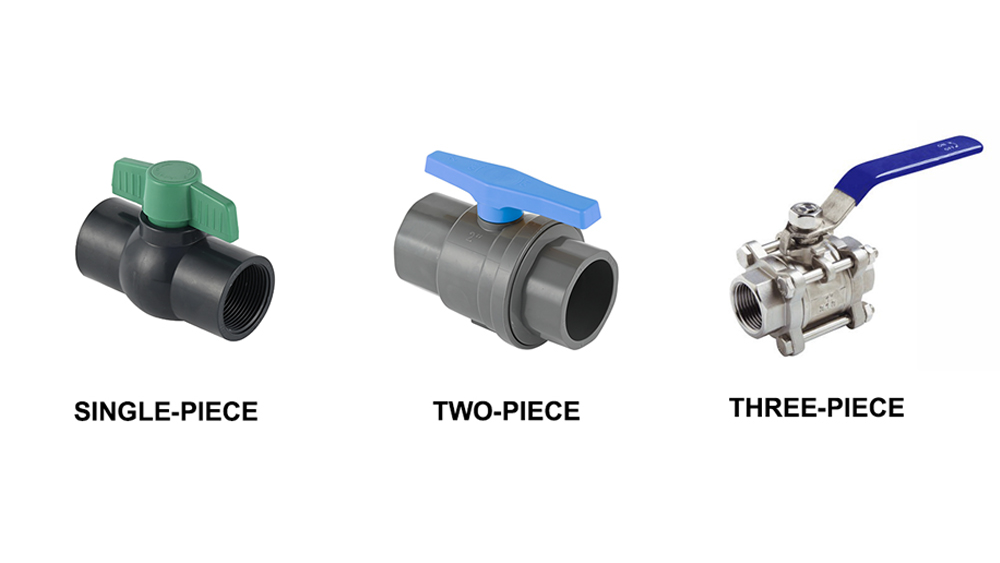
While the internal mechanism is the same (a rotating ball), the way the body is constructed dictates its cost and serviceability. In the world of PVC, we primarily focus on one-piece/compact and three-piece/true union designs.
- One-Piece / Compact Ball Valve: The valve body is a single, sealed unit. This is the most economical design. It’s lightweight, simple, and perfect for applications where maintenance is not a concern and cost is the primary driver.
- Two-Piece Ball Valve: The body is made of two pieces that screw together, trapping the ball and seals inside. This allows for some repair but often requires removing it from the line. It’s more common in metal valves.
- Three-Piece (True Union) Ball Valve: This is the premium design. It consists of two end connectors (tailpieces) and a central body. This allows the main body to be removed for repair or replacement without disturbing the pipe. This is the most reliable and cost-effective choice for critical applications over the long term.
At Pntek, we focus on providing the best compact and true union valves, giving our partners like Budi the right options for any customer need.
Conclusion
A ball valve is a mechanism; a union is a connection. A true union ball valve combines them, offering superior control and easy maintenance for any professional plumbing system.
Post time: Aug-14-2025



